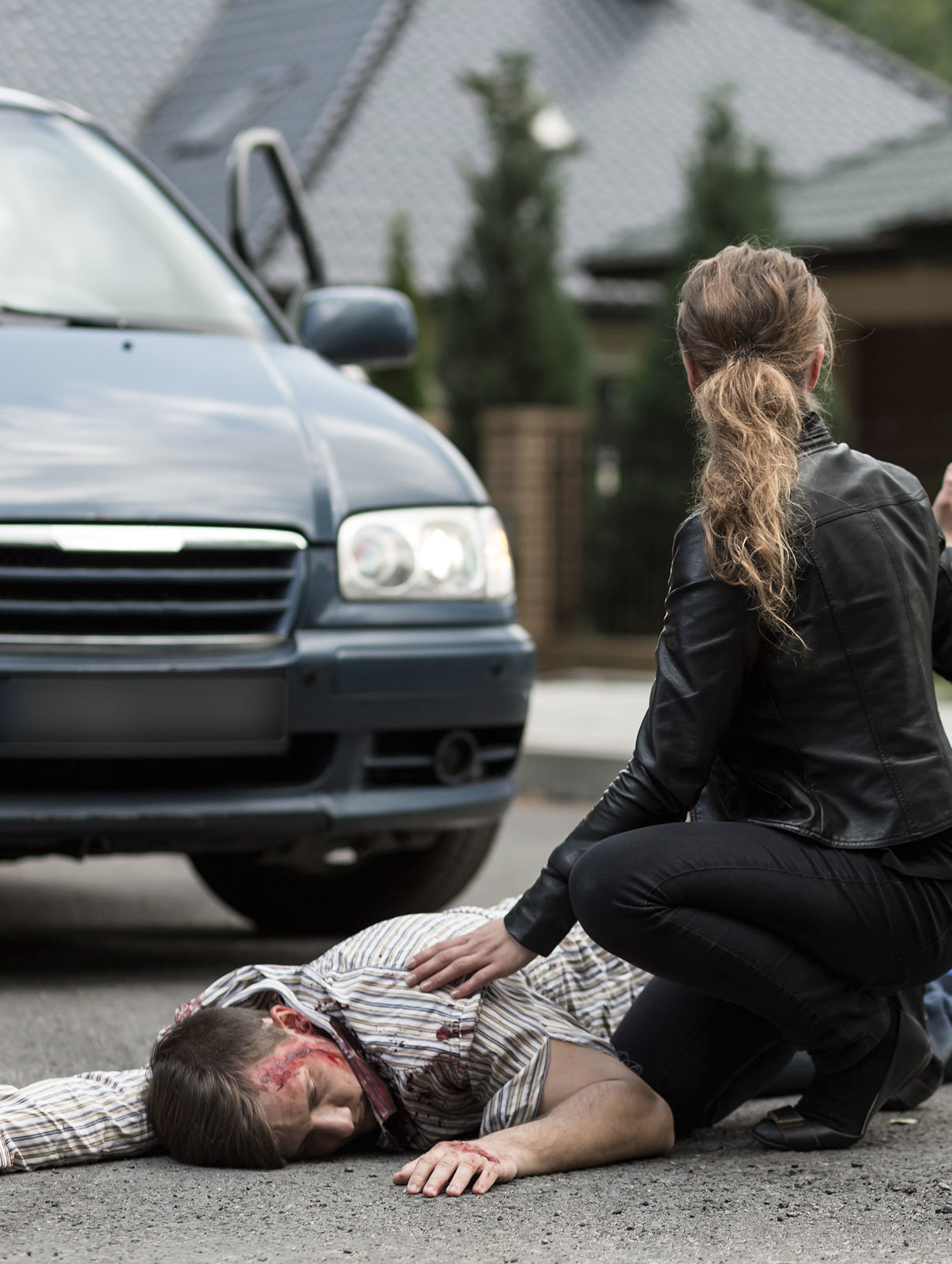
PEDESTRIAN - MOTOR VEHICLE ACCIDENTS
PENNSYLVANIA PEDESTRIAN ACCIDENT ATTORNEYS
The National Highway Traffic Safety Association (NHTSA) reports that each year nearly 5,000 pedestrians die in motor vehicle related accidents, and more than 78,000 pedestrians suffer injuries when hit by a car or truck. In addition to pedestrian-vehicle incidents, thousands of non-vehicular pedestrian accidents also occur annually. Poor property maintenance, sidewalk or parking lot defects and/or construction or other debris on walkways cause or contribute to these accidents.
Whether a vehicle or property defect causes an accident or injury, a pedestrian may recover damages for the injuries suffered if someone else's negligence caused or contributed to the incident. Negligence is the legal term for the failure to do (or not do) something that a reasonable person would, in a similar situation, in order to protect others from foreseeable risks. In order to establish negligence in a pedestrian accident, the injured person (the "plaintiff") must prove that the person at fault (the "defendant"):
- Owed a legal duty to the plaintiff under the circumstances; and
- Failed to fulfill ("breached") that legal duty through conduct or action (or through a failure to act); and
- Caused an accident or injury involving the plaintiff; and
- Harmed or injured the plaintiff as a result.
The outcome of each case will depend upon a careful analysis of the facts of each accident as they relate to each of these essential elements. When a pedestrian injury occurs, there may be more than one party with legal responsibility for the accident. Depending on the circumstances of the accident, those with potential liability include:
- The driver of a vehicle that strikes a pedestrian;
- The party responsible for maintaining the sidewalk, roadway or parking lot where the accident occurred;
- The pedestrian himself or herself.
The early involvement of a personal injury attorney with experience helping injured pedestrians is the best way to assess and protect any potential legal claim
Usually, any recovery in a pedestrian negligence case involving a motor vehicle will hinge upon the exact duty of care owed by those involved. Both drivers and pedestrians must adhere to the laws of the road and exercise reasonable care. In many cases, it may seem obvious who was careless or negligent, but the courts look to a number of factors in applying the facts of each case to the elements of a "negligence" claim. A person who negligently operates a vehicle may be required to pay damages for personal and property damage caused by that negligence.
Driver's Duty of Care
Generally, people who operate automobiles must exercise "reasonable care under the circumstances." Any failure to use reasonable care is considered negligence. A few of the most common factors contributing to driver negligence are:
- An inattentive or pre-occupied driver
- A driver's failure to observe posted speed limits
- A driver's failure to yield the right of way to pedestrians at marked cross walks
- Disobeying traffic signs or signals
- Driving under the influence of drugs or alcohol
Driver's Special Duty of Care to Children
Children between the ages of 5 and 9 are at the greatest risk of being hit by a motor vehicle. Children are smaller and less visible and their conduct is unpredictable. The law imposes a higher duty of care on drivers when it comes to children. The very presence of children is a warning of danger to the driver to exercise greater care. Thus, a motor vehicle driver must exercise a greater degree of care when they know or should know that small children are at play in the immediate area. This is especially true when one is driving in the vicinity of a school and residential districts where children are known to play.
Pedestrian's Duty of Care
A pedestrian must exercise reasonable care for his or her own safety. The care required of the pedestrian must be in proportion to the danger to be avoided and the consequences that might be reasonably anticipated. Contributory negligence may be assessed against a pedestrian if they failed to exercise such care and directly contributed to the cause of their own injuries.
A few of the most common factors contributing to pedestrian negligence are:
- Pedestrians who ignore the "walk" signal at an intersection
- Pedestrians who enter a stream of traffic and disrupt the flow
- Pedestrians who fail to use marked cross walks
- Pedestrians who "dart" in front of a vehicle
IIf You are Involved in a Pedestrian Accident
Be aware that those who may be legally responsible for your injuries might try to blame you for the accident, by claiming that your own negligence was the cause of what happened. If you have been involved in a pedestrian accident, you should do the following:
- Call police immediately.
- Do not leave the scene of the accident before help arrives.
- Gather names and phone numbers of any witnesses.
- Do not make any statements to anyone, including drivers and insurers.
- Call the attorneys the Law Firm of KOTLAW as soon as possible.
